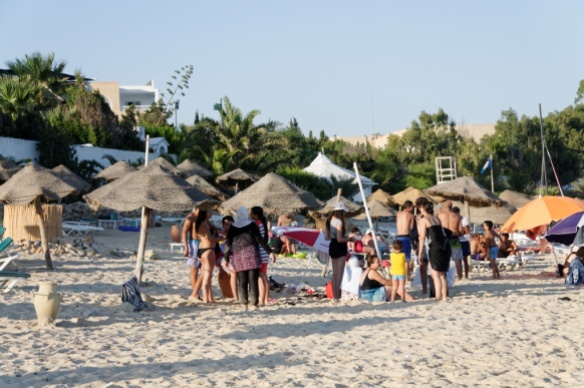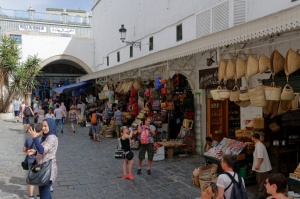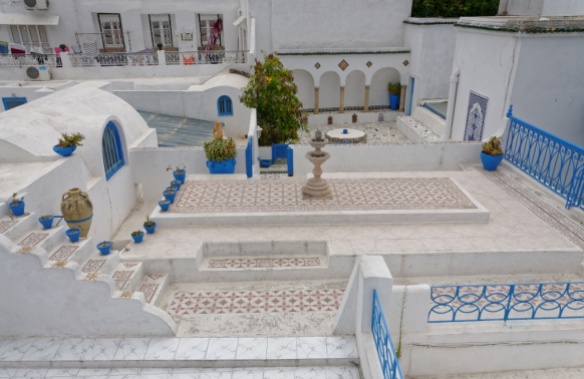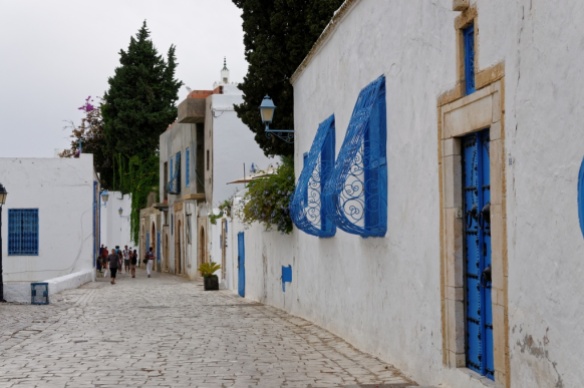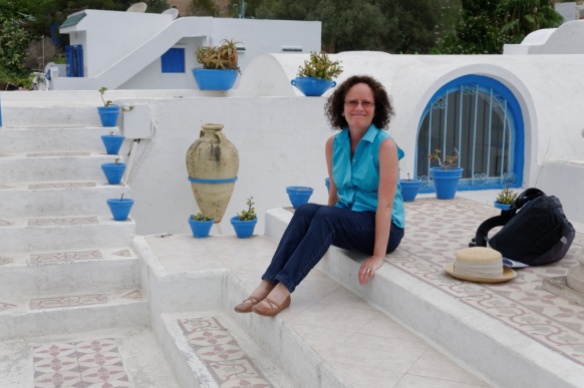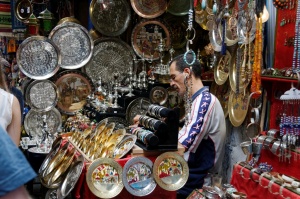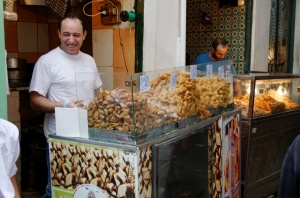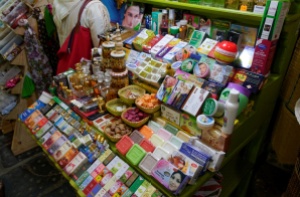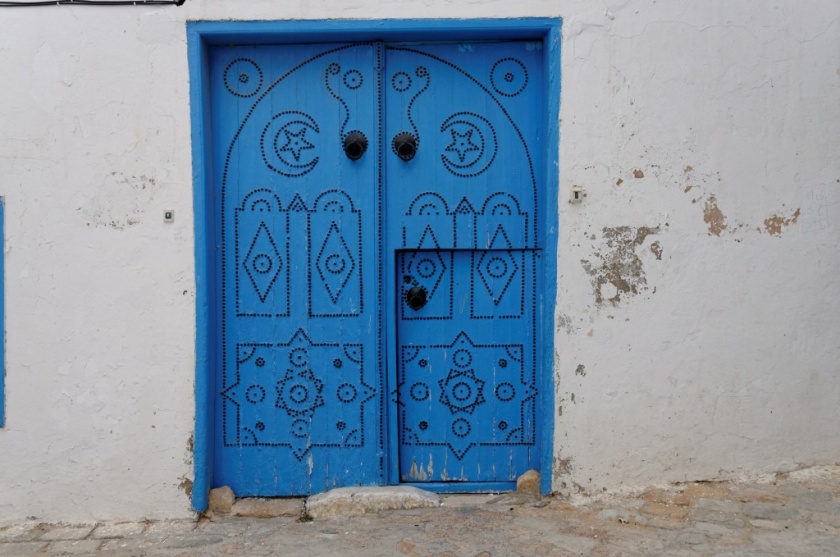
I’ve written elsewhere about how nice my sister Barb’s garden is. [1]
She and her husband have created a space that invites you to stay and relax. Along with fruit trees and blueberries, garden beds and flowering bushes, there are ceramics made by both Barb and Javier.

Each time I return, they’ve made it even more beautiful. My recent visit included a new delight: garter snakes have taken up residence!
 The garter snake is Massachusetts’ official state snake, and is endemic to most of North America. It’s the most common snake species, and closely related to water snakes, the genus Nerodia.
The garter snake is Massachusetts’ official state snake, and is endemic to most of North America. It’s the most common snake species, and closely related to water snakes, the genus Nerodia.
Garters communicate with and seek one another via pheromones. All garter snakes, regardless of color, have a side and a back stripe. The similarity to the garters men used to wear to hold up their socks gives the snake its name.
Barb has thoughtfully created ceramic dens for the snakes in her yard. They curl in the sun to get warm, and head for spots under rocks when it’s too hot or they feel threatened. Garters are mostly harmless, and seldom attack or strike unless cornered or threatened. I find snakes fascinating. [2] Sacred snakes were used by the Oracle at Delphi and in ancient Minos. Recall the cobra, who spread its hood to shelter the Buddha. St. Patrick supposedly drove the snakes out of Ireland. [3] On a practical level, the garter snakes in Barb and Javier’s yard will eliminate any pest threat from rodents. (They also eat snails and slugs, common garden problems in the wet Northwest.)
I find snakes fascinating. [2] Sacred snakes were used by the Oracle at Delphi and in ancient Minos. Recall the cobra, who spread its hood to shelter the Buddha. St. Patrick supposedly drove the snakes out of Ireland. [3] On a practical level, the garter snakes in Barb and Javier’s yard will eliminate any pest threat from rodents. (They also eat snails and slugs, common garden problems in the wet Northwest.)
 As I admire the yard and go look from time to time for the two snakes I’ve seen in different parts of the garden, I think mostly about the fact that the presence of snakes means the small biosphere of my sister’s home is a healthy one. It’s not a coincidence that garter snakes are often referred to as ‘garden snakes’.
As I admire the yard and go look from time to time for the two snakes I’ve seen in different parts of the garden, I think mostly about the fact that the presence of snakes means the small biosphere of my sister’s home is a healthy one. It’s not a coincidence that garter snakes are often referred to as ‘garden snakes’.

NOTES: [1] See my earlier post Meet the One-Tracks. [2] Fun science facts: some garter snake species have two-colored tongues. They are ovoviviparous, meaning they give birth to live young. Garter snakes go into something called brumation before mating. [3] Ireland didn’t have snakes.
Photos Copyright © 2016 Jadi Campbell.
http://www.livescience.com/44072-garter-snake.html




 Goa was Portuguese, she considered writing, and gorgeous ocean views, the rave scene and meals eaten in beach shacks. Every sentence sounded like factoids from a travelogue.
Goa was Portuguese, she considered writing, and gorgeous ocean views, the rave scene and meals eaten in beach shacks. Every sentence sounded like factoids from a travelogue.


